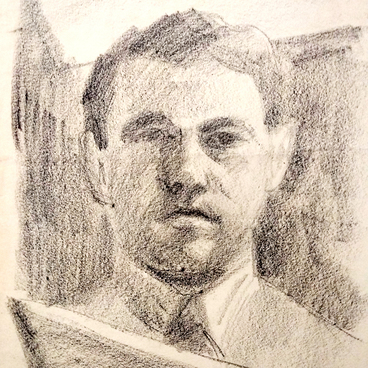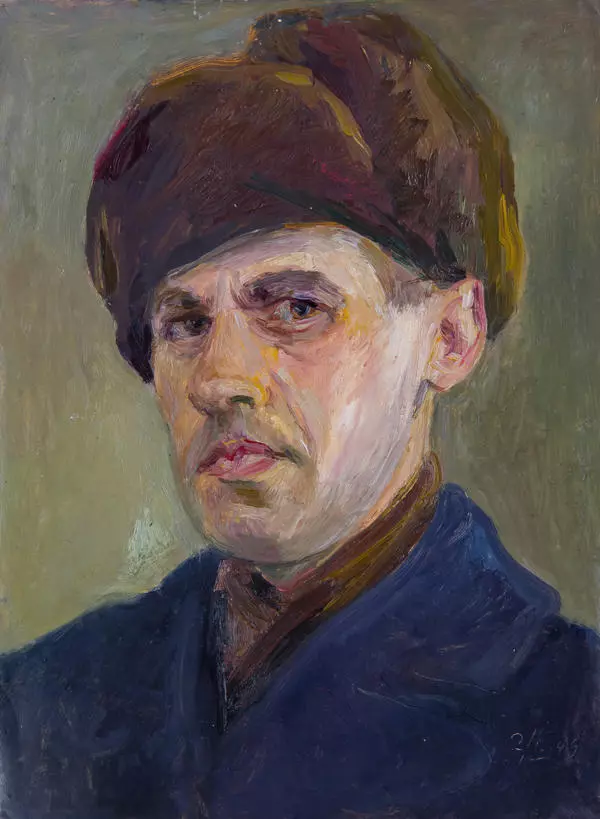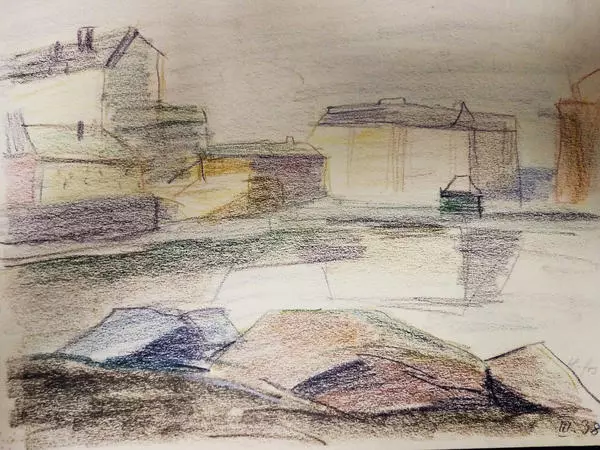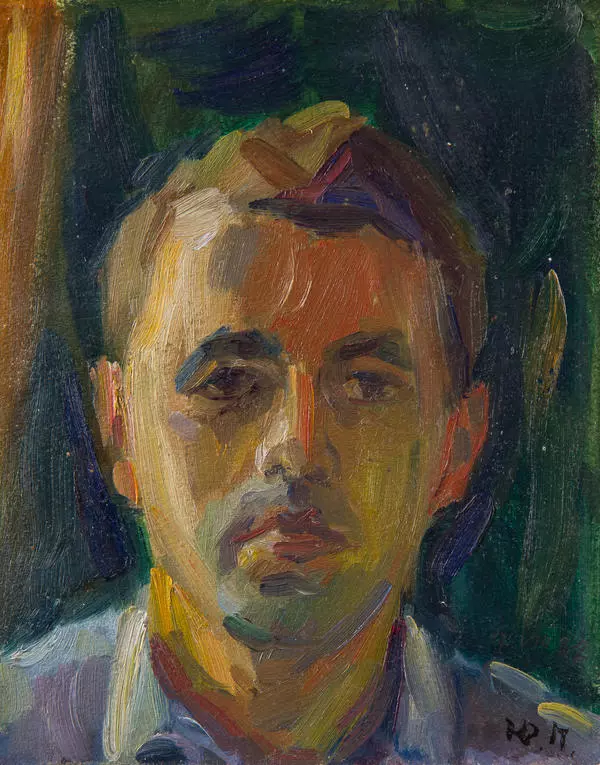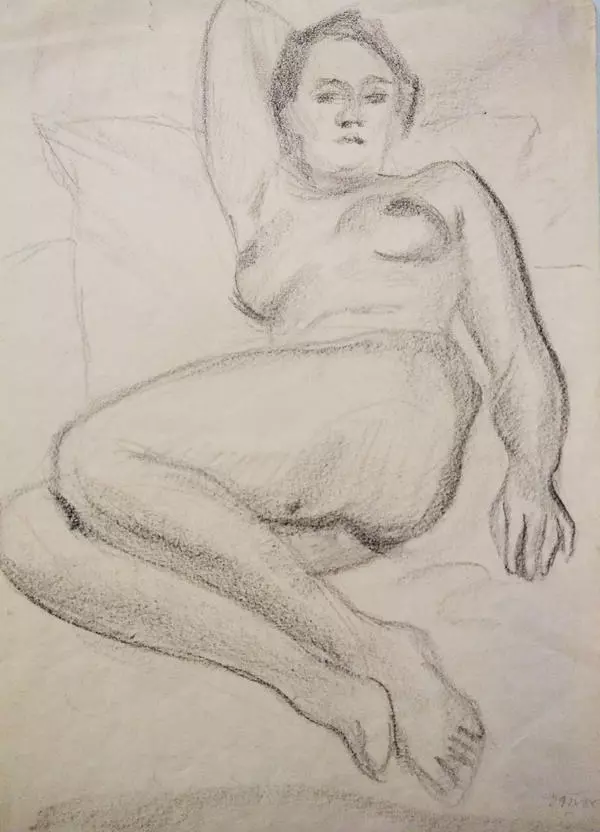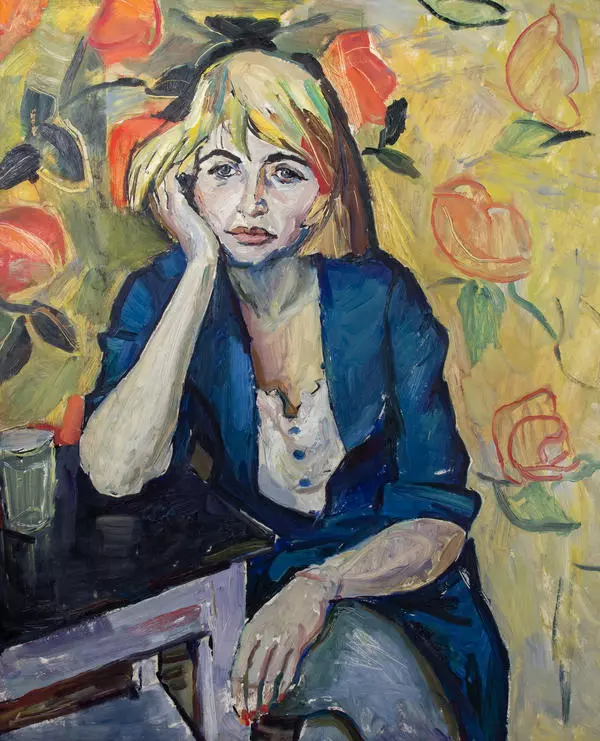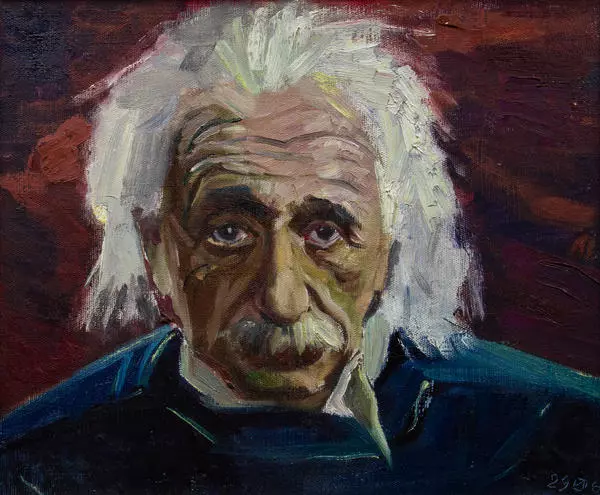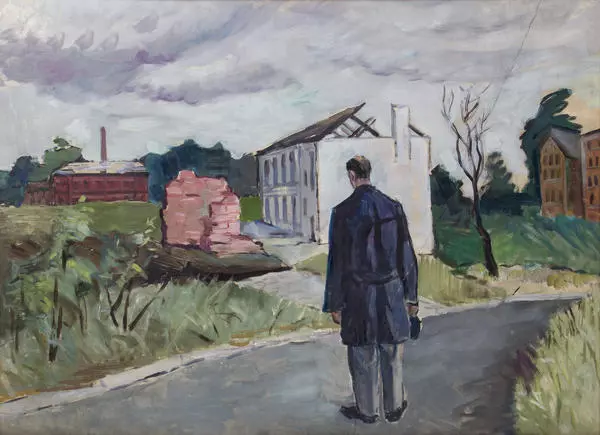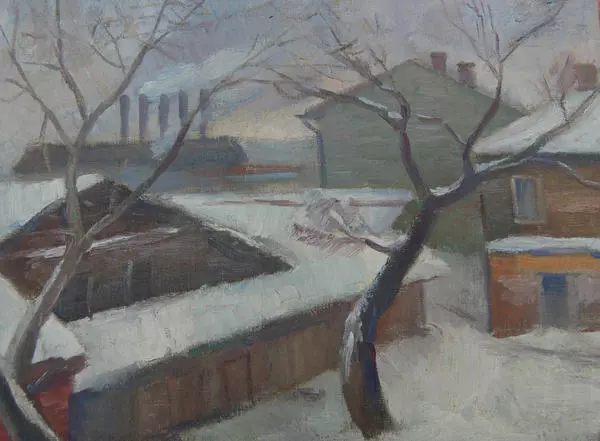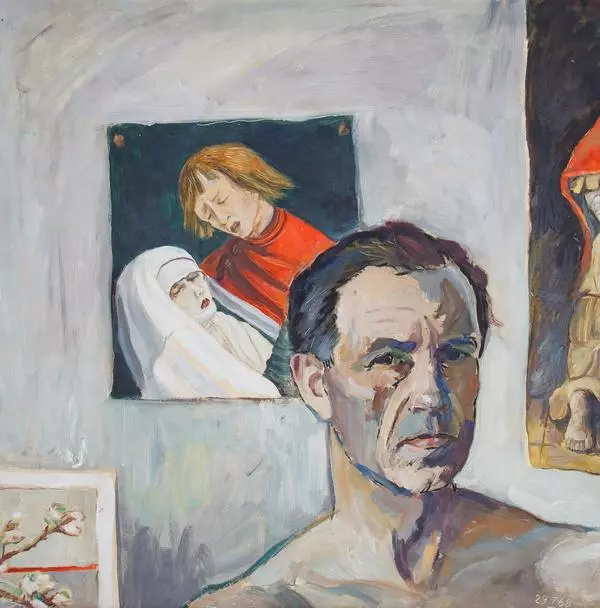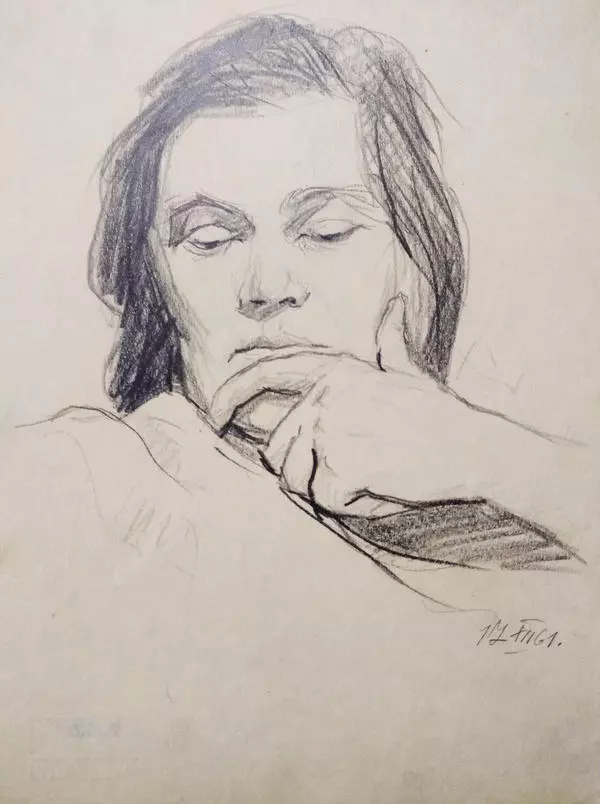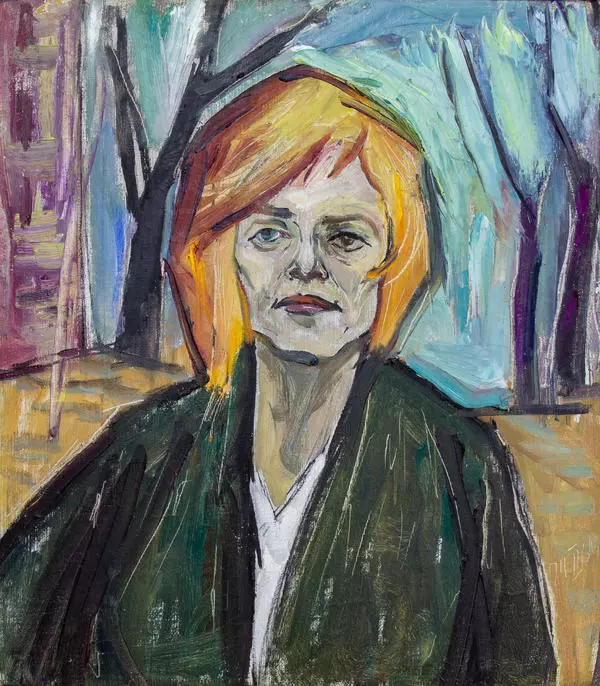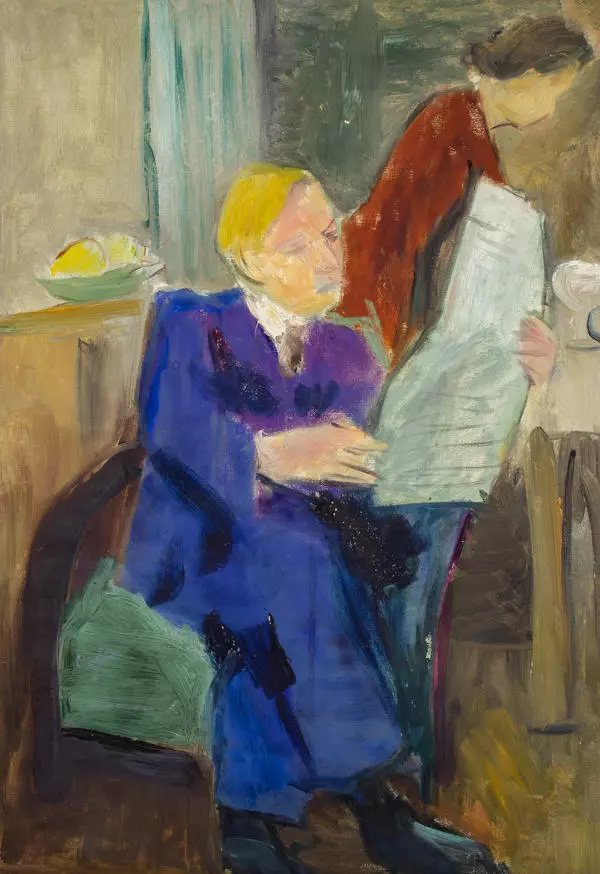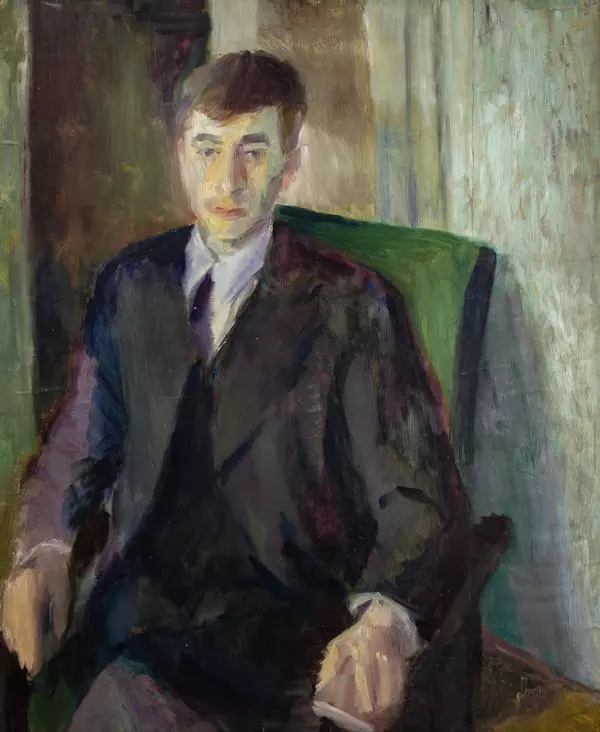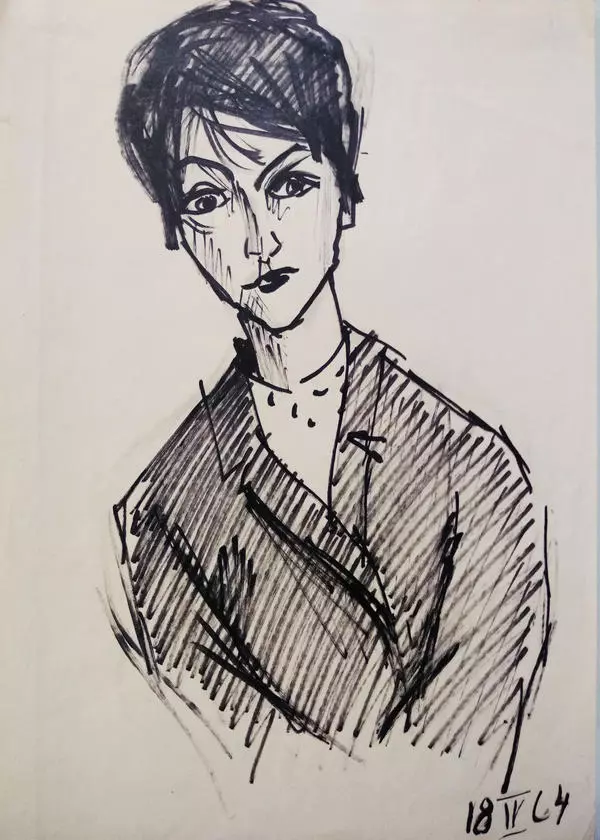Jurgis Preiss was born in East Prussia in 1904. He graduated from the Konigsberg Academy of Arts. After graduation, in addition to drawing, he worked as a correspondent in the bureau of the International Red Aid, designed the facades and walls of buildings, delivered lectures and reports on white terror, and was engaged in agitation and propaganda. In 1926 he joined the Communist Party of Germany.
After Preiss married German communist Gertrude Gennis, the couple began to cooperate with Soviet military intelligence. In 1935, they were sent to Finland for five years. At that time, the Finnish government was negatively inclined towards the Soviet Union and saw it as an enemy. Local communists were accused of high treason, and the overall situation was tense. Arts served as guise for Jurgis Preiss’s primary job.
Preiss met Sven Gronvall, a Finnish artist, public figure and communist, in January 1936. Gronnwall’s works, expressionist landscapes with restrained colors, took part in several exhibitions and laid the foundations of the post-war landscape painting.
In her documentary short story The Fate of the Artist Hans-Jurgis Preiss, Kemerovo journalist Zoya Estamonova wrote: ‘An artist and a writer, a future associate of the Finland-USSR Society and the Peace Advocates of Finland Society Sven Gronvall; we always see him in Preiss’s drawings, the small reddish Gankullan, with that boyish agility. He has contrasts of an impulsive nature in him. He is a temperamental debater, and friend’s pencil surrounds his gestures with vibrant streams of lines with soft playfulness’.
After Preiss married German communist Gertrude Gennis, the couple began to cooperate with Soviet military intelligence. In 1935, they were sent to Finland for five years. At that time, the Finnish government was negatively inclined towards the Soviet Union and saw it as an enemy. Local communists were accused of high treason, and the overall situation was tense. Arts served as guise for Jurgis Preiss’s primary job.
Preiss met Sven Gronvall, a Finnish artist, public figure and communist, in January 1936. Gronnwall’s works, expressionist landscapes with restrained colors, took part in several exhibitions and laid the foundations of the post-war landscape painting.
In her documentary short story The Fate of the Artist Hans-Jurgis Preiss, Kemerovo journalist Zoya Estamonova wrote: ‘An artist and a writer, a future associate of the Finland-USSR Society and the Peace Advocates of Finland Society Sven Gronvall; we always see him in Preiss’s drawings, the small reddish Gankullan, with that boyish agility. He has contrasts of an impulsive nature in him. He is a temperamental debater, and friend’s pencil surrounds his gestures with vibrant streams of lines with soft playfulness’.
The sketch of Gronwall’s figure belongs to the European period of Preuss’s artwork of the 1930’s. The artist drew the portrait from nature, and the sketch does not bear reliable similarities. The appearance is captured fluently, in general terms, in fleeting variability. A quick sketch is expressive with its vivid color, volume and expressive manner of drawing; on the surface of the paper even traces of vigorous pencil movements remained.


